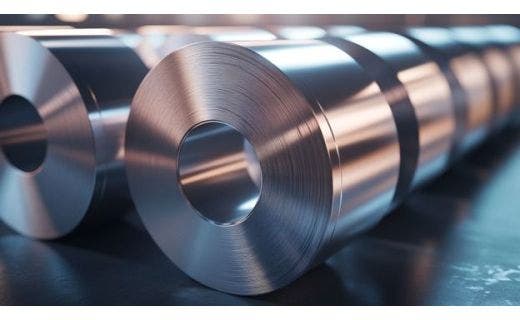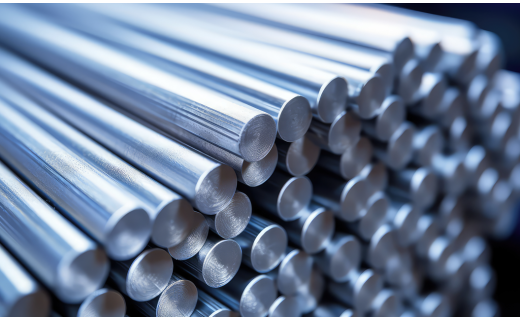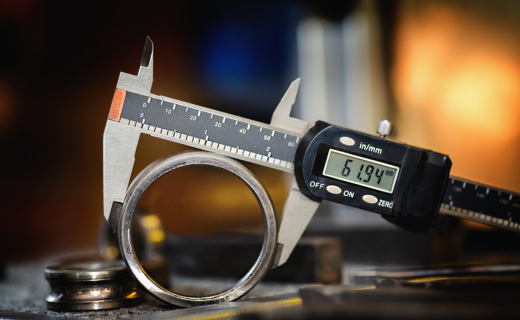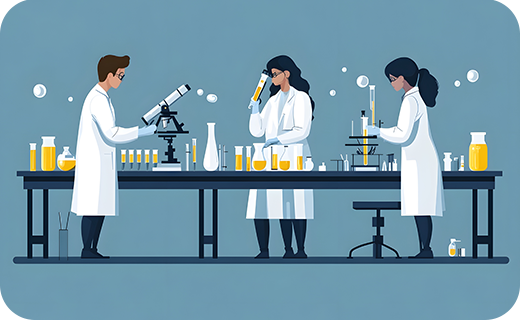What’s Next After the Acquisitions?
From materials and CRMs to testing, analysis, and microfabrication services, see how Goodfellow's new partnerships offer integrated solutions for your challenges.

From materials and CRMs to testing, analysis, and microfabrication services, see how Goodfellow's new partnerships offer integrated solutions for your challenges.

Dive into the most common aluminum series, their unique properties, and practical applications in research and industry.

Aluminum alloys are everywhere, from the lab bench to the wings of airplanes. But with hundreds of grades available, how do you pick the right one for your project?

High performance materials play a critical role in your cutting edge applications and tungsten is a truly indispensable metal.

Goodfellow announces the acquisition of two new companies

Goodfellow grows with two key acquisitions, boosting its material portfolio with cutting-edge labs, certified reference materials, and advanced testing services.

Findet heraus, wie Goodfellow euch hilft, Werkstoffe für eure Forschung zu beschaffen, auszuwählen, anzupassen und zu prüfen: am 10.4. an der PTB Braunschweig.

Science is a vast field of study that focuses on helping us to better understand the world around us, from how the cells in our bodies work to the life cycles of stars. Science includes many different disciplines, and learning about them helps people to solve problems in our lives, invent new things, and appreciate the complexity of our world.

Science is a vast field of study that focuses on helping us to better understand the world around us, from how the cells in our bodies work to the life cycles of stars. Science includes many different disciplines, and learning about them helps people to solve problems in our lives, invent new things, and appreciate the complexity of our world.